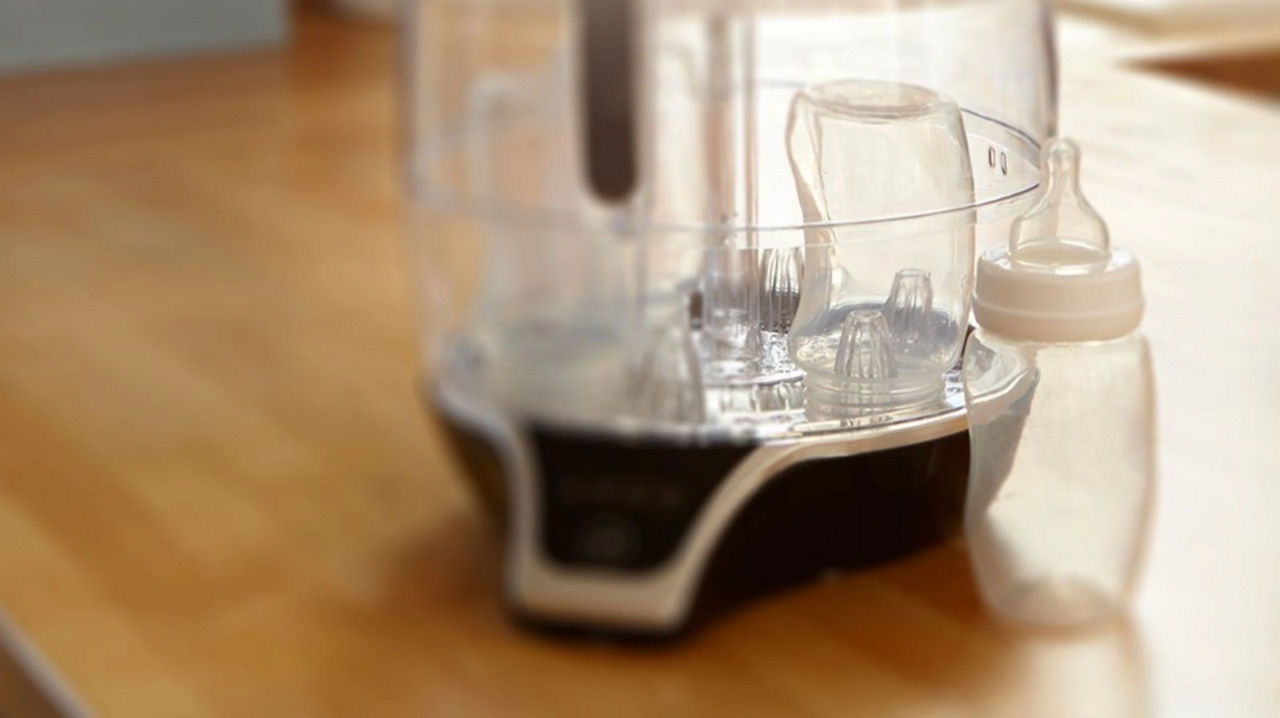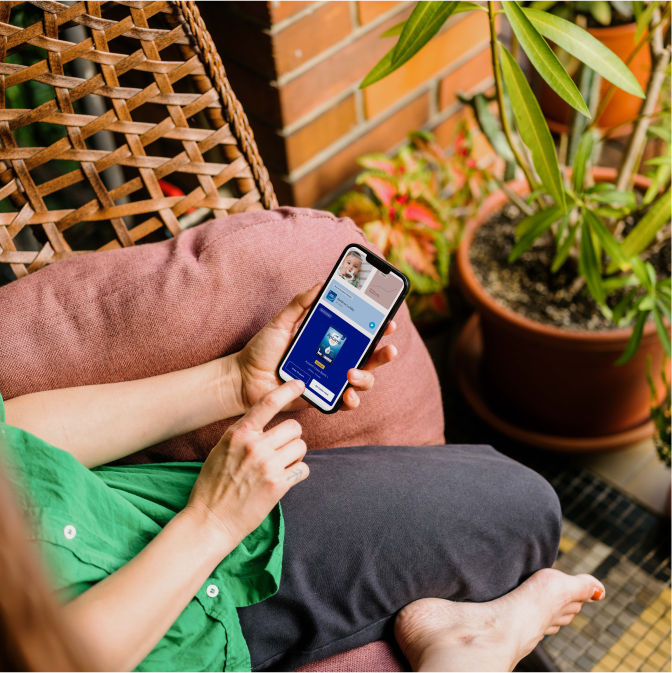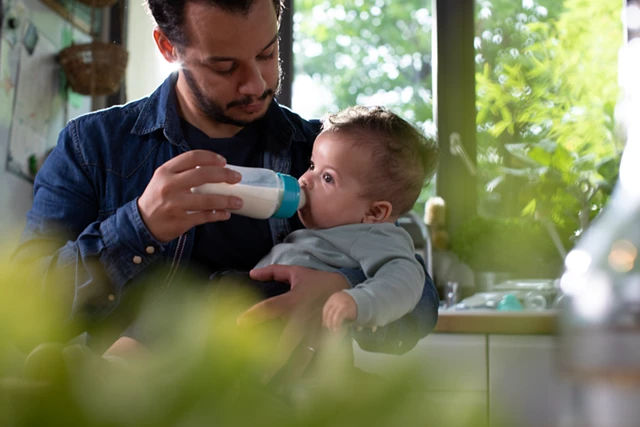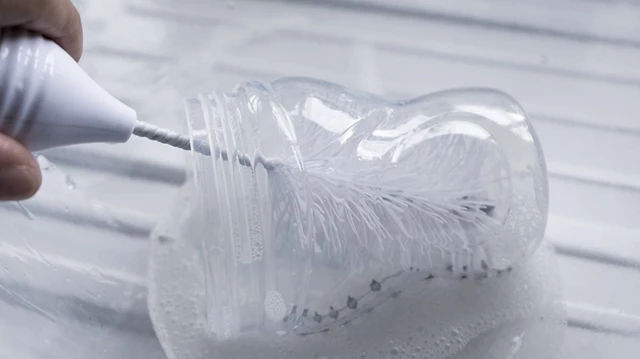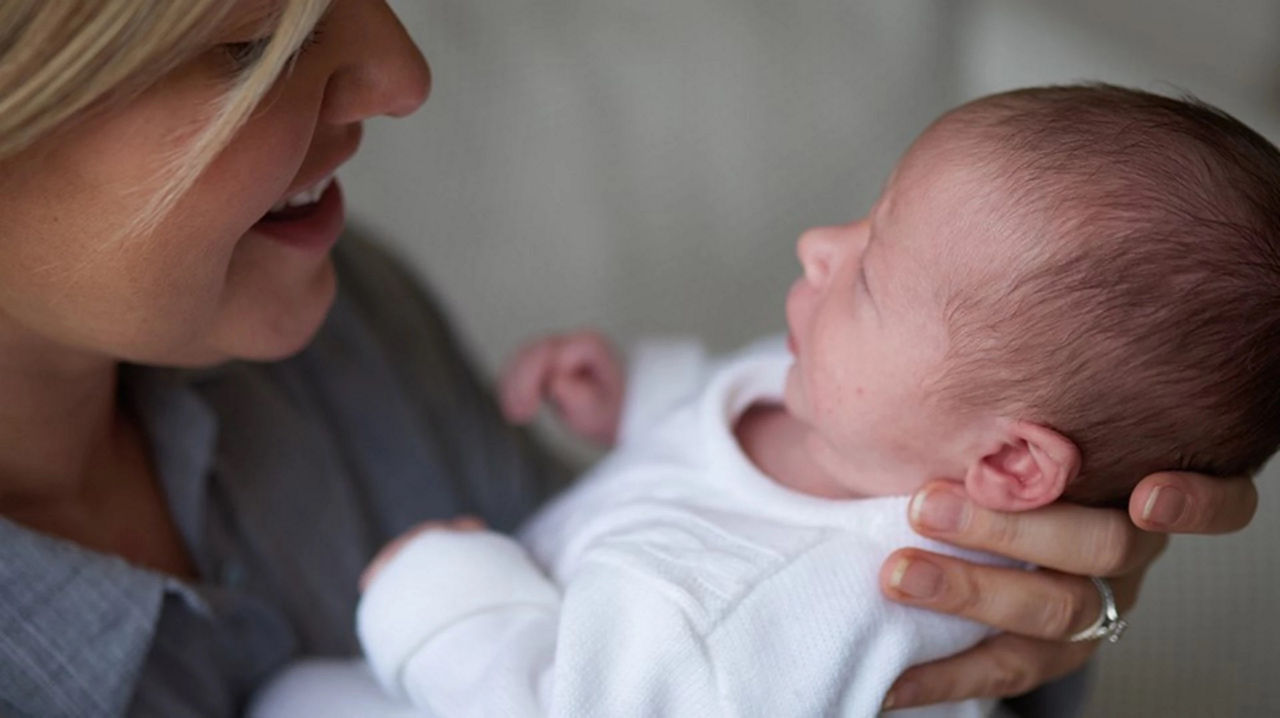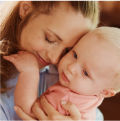Whether you’re bottle feeding exclusively with either breast milk or baby formula, or you’ve chosen to combine bottle feeding alongside breastfeeding, it’s essential that you follow the proper cleaning and sterilising steps for your baby’s feeding equipment1, 2.
To help you get started, here we’re providing lots of practical advice and guidance around how to sterilise baby bottles, the different methods you can use, and why it’s so important for your baby’s health.
